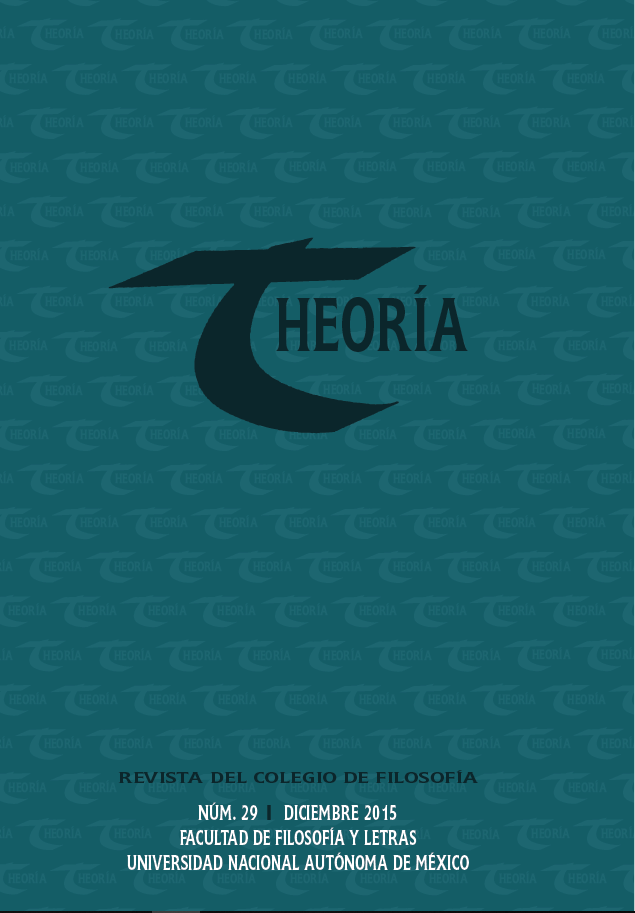Fundación del Dasein histórico en el arte en México desde el pensamiento de Martin Heidegger
Contenido principal del artículo
Resumen
The concepts I will talk about are the struggle between World and Earth, Truth, concealment (undisclosure) and unconcealment (disclosure), alétheia and physis. My proposal is that the art in Heidegger is a place of historical foundation, as well as we can see it in some mexican artists and poets. So I will talk about Francisco Toledo, Germán Venegas, Rocío Maldonado and some poets like José Gorostiza or Rubén Bonifaz Nuño whose work contains a strong sense of the Earth, the death, and the silence. All this is fundamental for Heidegger. At the end I propose art as a common place where everyone can go through. The son jarocho is a perfect example for this. In the fandango, a dance or fiesta around a wooden base (tarima), while singers and musicians interpret traditional sones, from XVII century, a couple of dancers step on the tarima, perform and exit, letting other couples take turns. For Heidegger art achieves an encounter between people, tradition and common life. I propound it is one way to criticize the confinement of the individual in the modernity.





